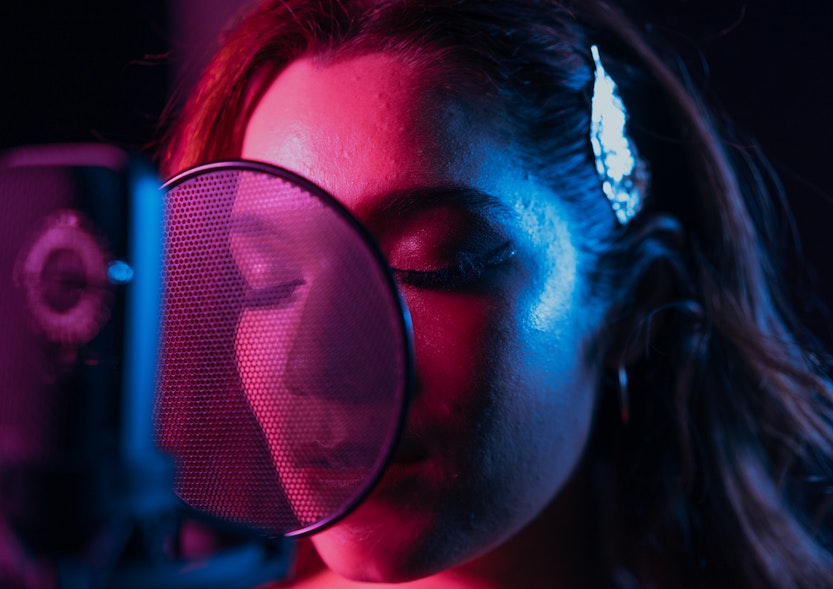
Recording vocals is a critical aspect of music production, as the voice is often the focal point of a song.
Regardless of your level in music, achieving a professional sound for vocals is essential to make your tracks stand out. Easier said than done! In this article, we’ll share some valuable tips and techniques to help record vocals with high quality. This will help you elevate your music to the next level.
Selecting the Right Microphone
Choosing the right microphone is the first step toward achieving a professional vocal sound. There are various types of microphones, such as condenser, dynamic, and ribbon microphones, each with its own characteristics. Condenser microphones are commonly used for recording vocals due to their sensitivity and ability to capture fine details in the singer’s voice. However, dynamic microphones can be great for specific vocal styles or when dealing with a loud environment. Experiment with different microphones to find the one that best complements the singer’s voice and the style of music.
Roadie Coach
If you are looking for a comprehensive solution to take your music to the next level, check out Roadie Coach. This is a fantastic tool for becoming a better musician and also getting better at recording. The coach features dual mics (a high-quality vocal mic and a practical instrument mic) that allow you to record vocals and instruments easily and conveniently.
Creating a Good Space for Recording
The recording environment plays a significant role in the quality of your vocal recordings. Choose a quiet room with minimal background noise and sound reflections. If you don’t have access to a professional recording studio, you can set up a DIY vocal booth using acoustic panels or blankets to dampen reflections and absorb unwanted noise.
Mic Placement and Distance
This is a highly overlooked aspect among beginners. Positioning the microphone correctly is crucial for capturing a clear and balanced vocal performance. Typically, you place the mic at eye level and have the singer stand or sit comfortably while recording. Experiment with the distance between the microphone and the singer to find the sweet spot that suits the vocal tone and performance style.
Preamp and Gain Staging
Using a high-quality preamplifier is vital to maintain the integrity of the vocal signal and prevent unwanted noise. Proper gain staging is also essential; make sure the input gain is set appropriately to avoid clipping and distortion. Aim for a healthy signal level that is neither too soft nor too loud, allowing enough headroom for further processing during mixing.
Warm-up and Vocal Care
This is another area that tends to be ignored by beginners, to their detriment. Before starting the recording session, ensure the vocalist has warmed up their voice properly. Warm-up exercises can help extend the vocal range and improve overall vocal performance. Encourage the singer to stay hydrated and take breaks when needed to prevent vocal strain and fatigue during longer recording sessions.
Recording vocals with a professional sound requires a combination of a good singer, technical ability, and good equipment. By selecting the right equipment, creating a suitable recording space, and employing proper techniques, you can capture captivating vocal recordings that elevate your music to new heights. Remember that practice and experimentation are key, and don’t be afraid to take risks to find a unique vocal sound that sets your music apart. Until next time.

